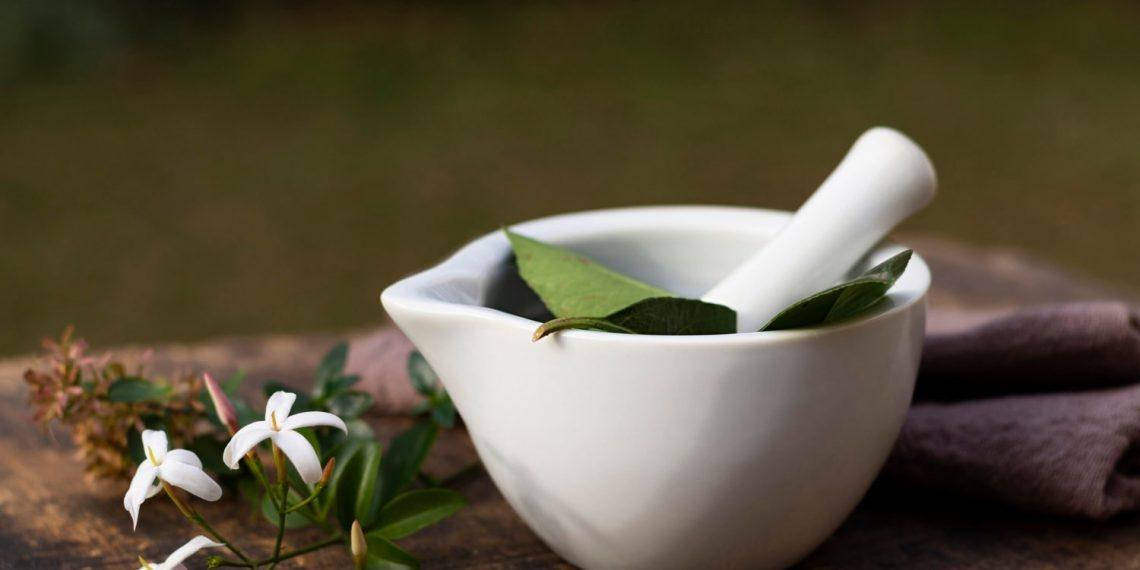Incontinence control is more than just a topic; it’s a vital part of your life that deserves attention. Whether you’ve just begun experiencing symptoms or have been managing them for years, knowing how to take charge can transform your daily experience. Let’s dive into seven essential tips that will empower you to regain control and enhance your quality of life.
Contents
Understanding Incontinence
Incontinence is the involuntary loss of urine or feces, and it can be a heavy burden to carry. It affects millions, yet it remains a taboo subject that many hesitate to discuss. This silence can lead to feelings of isolation, embarrassment, and even depression. You are not alone, and addressing this issue is crucial for your mental and physical well-being.
The importance of understanding your body and its needs cannot be overstated. Knowledge is power, and with the right strategies, you can improve your situation significantly.
1. Know Your Triggers
Understanding what triggers your symptoms is the first step in managing incontinence effectively. Common triggers include:
- Caffeine and Alcohol: These can irritate your bladder, leading to increased urgency.
- Spicy Foods: These might cause bladder irritation as well.
- Stress: Emotional stress can lead to unexpected leaks.
Keep a journal for a week to track what you eat, drink, and how your body responds. This will help you identify patterns and avoid those sneaky triggers.
2. Strengthen Your Pelvic Floor
Your pelvic floor muscles play a crucial role in bladder control. Strengthening these muscles can significantly improve your control over incontinence.
Kegel Exercises
Kegel exercises are simple yet effective. Here’s how to do them:
- Identify the Right Muscles: Stop urination mid-stream to find your pelvic floor muscles.
- Practice: Contract these muscles for five seconds, then relax for five seconds. Do this 10 times.
- Routine: Aim to do this exercise three times a day.
With consistent practice, you’ll notice a difference in your control. Remember, patience is key!
3. Manage Fluid Intake
Managing your fluid intake is crucial for incontinence control. Here are some tips to consider:
- Stay Hydrated: Don’t cut out fluids entirely; dehydration can lead to concentrated urine, which irritates the bladder.
- Timing Matters: Limit fluid intake in the evening to reduce nighttime bathroom trips.
- Choose Wisely: Opt for water over caffeinated or alcoholic beverages whenever possible.
Finding the right balance can make a significant difference in your symptoms.
4. Consider Dietary Changes
What you put into your body can significantly affect your bladder. Here’s a list of foods that may help:
- High-Fiber Foods: Fruits, vegetables, and whole grains can prevent constipation, which can worsen incontinence.
- Magnesium-Rich Foods: Foods like nuts and spinach can help with muscle relaxation.
- Stay Away from Irritants: As mentioned earlier, limit spicy foods, caffeine, and alcohol.
By making simple dietary adjustments, you can create a more bladder-friendly environment in your body.
5. Practice Mindfulness and Stress Reduction
Stress is a sneaky culprit that exacerbates incontinence. Managing your stress levels can lead to better control. Consider these techniques:
- Deep Breathing: Take slow, deep breaths to calm your mind and body.
- Meditation: Spend a few minutes each day focusing on your breath or guiding your thoughts to a peaceful place.
- Yoga: This can improve flexibility and strength while also providing a calming effect.
Integrating these practices into your daily routine can help you feel more centered and in control.
6. Explore Incontinence Products
Don’t underestimate the power of the right products. There are various options available to help you manage incontinence discreetly and comfortably. Some popular choices include:
- Absorbent Underwear: These can be worn like regular underwear but provide extra protection.
- Pads and Liners: These can offer additional security and peace of mind.
- Bladder Control Devices: Consult with a healthcare professional about options available for your specific needs.
Choosing the right products can greatly enhance your confidence and comfort.
7. Seek Professional Help
Don’t hesitate to reach out to healthcare professionals. Whether it’s a urologist, gynecologist, or a pelvic floor therapist, these experts can provide tailored advice and treatment options. Here are some avenues to explore:
- Physical Therapy: A pelvic floor therapist can guide you through exercises specific to your needs.
- Medications: Some medications can help manage symptoms effectively.
- Surgical Options: In severe cases, surgery may be a viable option.
Your health is paramount, and seeking help shows strength and determination.
Conclusion
Managing incontinence can feel overwhelming, but you don’t have to navigate this journey alone. By implementing these seven essential incontinence control tips, you can regain your confidence and improve your quality of life.
Bottom Line
Take control of your situation by understanding your body and seeking help when necessary. Your life is valuable, and you deserve to live it free from the worries of incontinence. Remember, every small step counts.
FAQ
1. Is incontinence common?
Yes, incontinence is more common than you might think, affecting millions of people worldwide.
2. Can lifestyle changes really help?
Absolutely! Many individuals find relief through diet, exercise, and stress management.
3. Should I talk to my doctor about my symptoms?
Yes, discussing symptoms with a healthcare professional is crucial for effective management.
For more information on incontinence, visit the National Association for Incontinence or consult with a healthcare provider to find the best solutions tailored for you.
Get Your FREE Natural Health Guide!
Subscribe now and receive our exclusive ebook packed with natural health tips, practical wellness advice, and easy lifestyle changes — delivered straight to your inbox.
















